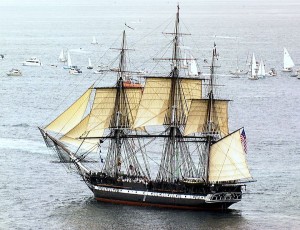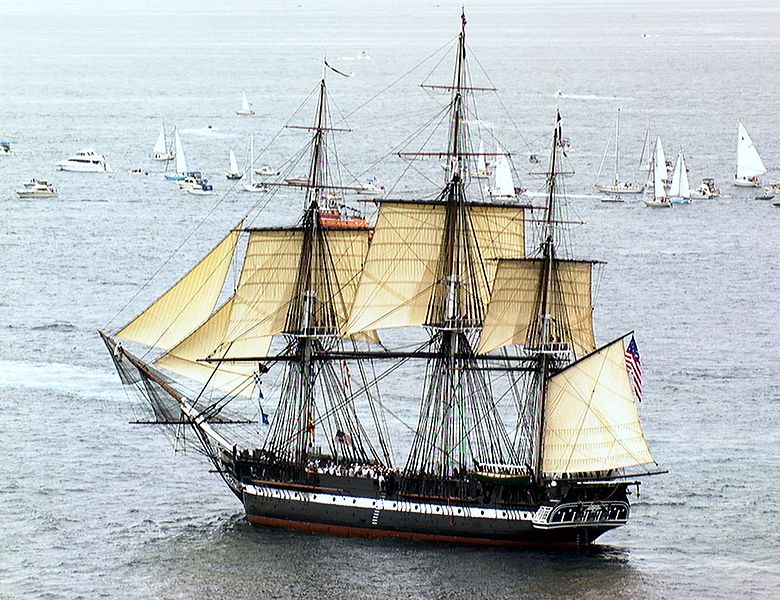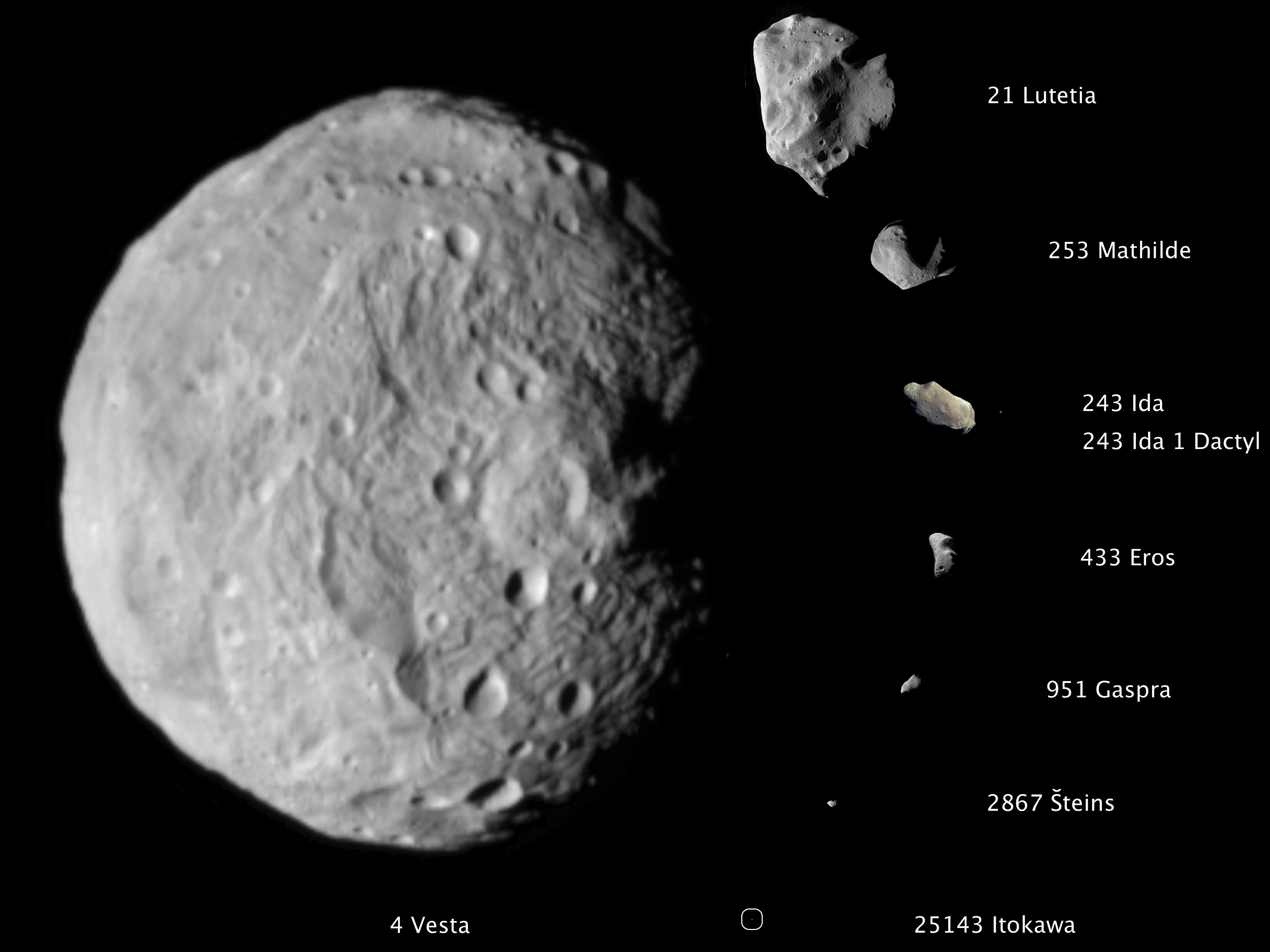Some time ago, our ancestors discovered that the Earth isn’t quite as flat as it seems. Nowadays the mathematicians will tell us that it has “positive curvature.” Well, it might be positive, but it’s not that positive. It’s hardly curved at all. You can’t notice it when driving your car to the grocery store, for instance. “Dude, I have to pull over. Too much positive curvature.” No, not really. (However, you might notice the Earth’s curvature when paying at the grocery store. More on that in a moment.) This little bit of positive curvature really isn’t that much, but it has tremendous consequences for civilization, and we are beginning to feel the consequences, and it is beginning to hurt.
You see, the problem with a positively curved surface is that it closes in on itself into the shape of something like a sphere. If our world had been endowed with negative curvature, like a saddle-shape, then it would have gone on in all directions to infinity. But unfortunately the curvature is positive, and so the amount of surface area here in this world of the Homo sapiens is limited. We can spread our civilization from the north to the south and from the east to the west, and in every direction we go we will eventually bump into those who went the opposite direction and we discover that we have run out of places to spread our world. This fact must have seemed very sad to those who first realized it, if they sat down and meditated for a few minutes. They would have realized that the discovery of new lands cannot go on forever. The adventure of conquering the unknown must one day fail. Humanity will eventually have nothing new to see. I, for one, had I lived at that time when still we knew so little, would have been profoundly sad.
But it gets worse. This fundamental feature of the human world, its terrible positive curvature, puts the squeeze on more things than just our spirit of adventure. It can squeeze our wallets, too, like when we are checking out from the grocery store (as I mentioned above). All the resources we have available here in this world lie either on or above or beneath the surface, and so the resources are just as limited as the surface area itself, and if we keep squeezing more and more people into the finite world then we will end up with fewer and fewer resources to go around. We haven’t actually reached the terrible extremes of this, yet — not at all. Technology can squeeze more out of our limited world, and we can become more efficient with what we’ve got. But the process of squeezing and economizing isn’t as comfortable as the process of exploring and expanding and growing. And it could hurt a lot worse depending on how things go over the next few decades. We just invented “fracking” (for better or for worse), which is relieving the Peak Oil crunch. But 100 years’ worth of new natural gas from fracking will only last 10 to 20 years if all the world industrializes and reaches the same level of energy usage as the United States, and if it doubles in population, too, as predicted. And then there is all the pollution from so much burned fuel, and the shortages of water and metals, and so on. No matter what anybody says, the reality is that we are getting closer to crunch time here in a world where there is nowhere left to spread.
OK, that is not exactly true. There is actually one direction left in which we can spread: perpendicularly outward from the Earth’s surface into space. That is the third dimension here on the positively curved surface of our world. The problem with going in that direction, though, is that there is a huge barrier that way: the vast stretches of empty space. It is hard to travel through empty space. It has no air for us to breathe. It is filled with harmful radiation. We have to fight gravity. The distances to the other planets and moons are very far and it take a lot of fuel to get there. You would be tired of your favorite food by the end of that trip. And when we arrive, it’s not exactly like stepping off the boat in Massachusetts and saying hello to Samoset. But if we want more wilderness to continue the adventures of our ancestors when they tamed planet Earth, we have to get over this barrier of space. So the question is, can we?
The answer is YES. We have already proven that we can do this. This won’t be the first time we humans have spread civilization to the ends of the world and then leaped over the barrier to define for ourselves a bigger world. Let me explain.

In the previous post, “The Big Idea Behind Space Industry,” I discussed the Kardashev classification of civilizations. A Type 1 civilization is one that uses the energy resources of an entire planet. A Type 2 uses the resources of an entire star. A Type 3,an entire galaxy. Global, Solar System, and Galactic civilizations. Let’s continue the numbering system backwards to see where we have already been. We could say that a Type 0 is one that fills out a continent. The barrier at the end of a Type 0 civilization is the ocean that surrounds it. Ocean voyages are a good analogy to space voyages, so we call rockets ships. Back then, the idea that we could have a single economic sphere comprehending opposite sides of an ocean, with even the cheapest consumer goods flowing routinely across, would have seemed impossible. For that reason, the word world didn’t refer to a globe as it does today. It referred to the sphere of their civilization, which was a continent or less. We only expanded world to mean planet after the barrier of the oceans had been conquered so that the planet really did become our world.

Continuing further backward in time, civilization was once limited to the flood plains of rivers like the Tigris and Euphrates, the Nile, the Indus, and the Yellow River. This is where civilization began, but Kardashev did not begin his classification system with river valley civilizations because he was looking for radio signals from space, and civilizations that haven’t got the technology to spread beyond flood plains certainly haven’t got the technology to send radio waves into space. But we aren’t looking for extraterrestrials, so we’ll include it in the classification scheme and call it a Type -1 (“minus one”) civilization. Civilization began in river valleys because people learned to exploit a very specialized energy resource: they figured out that with animal and human labor they could irrigate the rich silt deposits and grow crops, which stored the sun’s energy in a form that the same human and animal laborers could then eat, forming a self-sustaining system with full closure. This provided vastly more food energy in a small area than hunting and gathering could provide in the same area, and so huge populations began living together in cities. The word civilization means being adapted to life in cities. And with that our ancestors developed libraries, writing, mathematics, and all the other innovations that helped them organize the resources of such a big crowd. As soon as they figured this out, their civilization quickly spread — north to south and east to west, reaching the ends of the river valley’s silt deposits all around, which was the boundary defining the end of their world, because their civilization was not self-sustaining outside the river valleys. Their worlds were the islands of scholarship and technology amidst vast seas of uncivilized land.

Our ancestors leaped over the end of that world, too. They developed logistical infrastructure to carry vast amounts of food across the less fertile regions beyond the flood plains, across deserts and mountains passes. They set up forts and walled cities in chains to guard routes for their armies and merchants. They built ships to bring grain from Egypt to Rome. They built the famous Roman roads. All over the planet Earth they set up Type 0 empires, never more restricted to their river valleys at Type -1.
If we wanted to, we could look even further back before the beginning of civilization, and we could say that people living in isolated enclaves as hunter/gatherers was Type -2. The barrier they faced was an energy barrier: insufficient density of food to have real cities. The Agricultural Revolution 10,000 years ago was their overcoming of that first boundary at the beginning of civilization.

So we have a long history leaping over the boundaries that limited and defined our world. In view of this, it’s really not such a bad thing that we have reached the next barrier, the one that lies at the end of a Type 1 world. What we need to leap it is analogous to what we needed all the other times we reached the end of the world. We need technologies to exploit the vast resources of the new “river valleys” of our solar system: the Moon, the asteroids, Mars, and all the other bodies, leading to a new “Agricultural Revolution,” the coming space resource revolution. We need logistical infrastructure, a series of outposts and “roads” to carry vast amounts of resources across the less fertile regions of empty space between the planets and moons (see this proposal here). And we need ships to unite it all into one economic sphere by carrying cheap consumer goods routinely across the oceans of space.
Doing this sort of thing is not unusual for humans. We can overcome the fundamental limitation of our Type 1 world, its positive curvature that proscribes our resources and binds us into a small area. This limitation has tremendous consequences, as did the existence of oceans and the ends of the silt deposits in the river flood plains for all the previous worlds of humanity. But as a species, we’re already established in the habit of leaping over the end of the world. I think we’ve proven quite good at it. That’s the kind of species we are. And so I’m not sad as I would have been had we just discovered the Earth is curved. Because of the work of astronomers and space scientists, we now know that there is ahead of us far more wilderness to explore than our ancestors ever had. There is more discovery ahead. More adventure. More conquering wild worlds. All we have to do is go forth and leap the barrier at the end of this Type 1 world!
Spread the excitement about space exploration and the opportunity we have in this generation to extend human civilization into space. One thing you can do is tell your friends about this blog. Please Like, Share, and Tweet!

